The European colonialism has its roots in Goa with the establishment of a Portuguese colony in the 16th century. Among the time-honoured vestiges of the by-gone Portuguese era, the Viceroy Gate is of particular interest. It was the gateway to the new era of colonialism in India and followed by British Imperialism.
The Viceroy’s arch in Old Goa was erected in the memory of Vasco Da Gama in 1599, by his great-grandson Francisco da Gama after he became the viceroy in 1597. He was stayed as the viceroy of India throughout the period of 1597 to 1600 and 1622 to 1628.
Vasco Da Gama was the first European to reach India by sea. His initial voyage to India (1497–1499) was the first to link Europe and Asia by an ocean route, connecting the Atlantic and the Indian oceans and therefore, the West and the East.
On top of the arch, there is a little statue of Vasco da Gama, completely attired with full regalia, gazing at the Mandovi River.

On the side facing the city is a sculpture of a European lady. She is wearing a crown and long decorated robe. She holds a sword in one hand and an open book in another, gazing sternly ahead. Under her feet is a reclining figure of a man in equally decorated and flowing robe, slippers, and turban, this confirms he is of high rank. The head of this man is propped up by an elbow with a resigned expression on his face. No prizes for guessing the message here, as the Inquisition made its way liberally across the city.

There was ceremonial importance attached to this structure during the Portuguese rule. Every governor who took charge of Goa had to pass through the arch. The archway was the spot where the new viceroy would be handed over the keys to the city of Old Goa the capital of Goa at that time. The structure lost its ceremonial importance when the capital of Goa was moved from Old Goa to Panjim in 1843.
The palace was used by Portuguese Viceroys for a brief stay, rest and relaxation during their travel to and from Portugal. Further, it was a tradition for the new Viceroy to stay here while awaiting the receipt of the ceremonial keys to the city of Old Goa at the Viceroy´s Arch. Likewise, the outgoing Viceroy had to wait here, for a ship bound for Portugal, after delegating his authority in Old Goa.
Viceroy’s Arch results from the first memorial of the nautical achievement by famous Vasco da Gama. However, surprisingly, the monument was not entitled according to his name.
The Viceroy’s Arch erected in 1599 by Viceroy Francisco da Gama was once the main street for entering Old Goa. It was built as a memorial to the achievements of Vasco da Gama, the famous explorer.
Francisco da Gama was the great grand son of Vasco da Gama and was the governor of Goa from 1597 to 1600. In 1954 the arch was reconstructed with Vasco da Gama’s statue on the river side and the statue of St. Catherine on the other side.
A road leads to the Mandovi River from the St. Cajetan church and passes through the Viceroy’s Arch. It is also known to have been one of the gates of the Adil Shah Palace and is made of laterite.
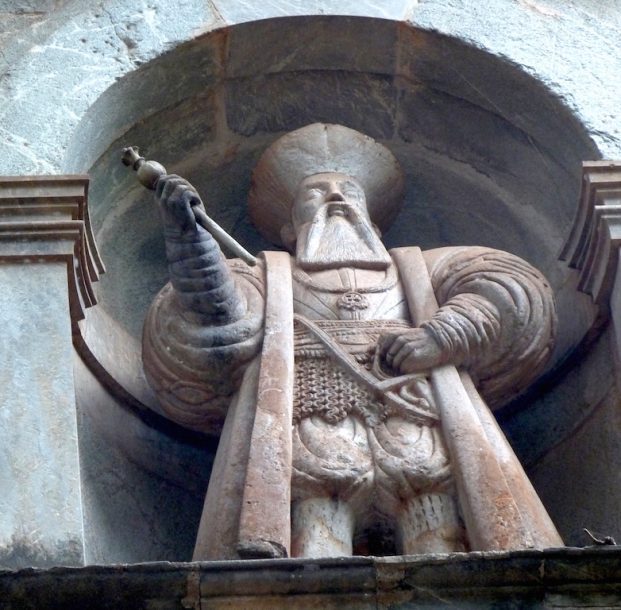
The Viceroy’s Arch is a vital and ancient specimen of Goa’s pride. It was created in the year 1599 by Viceroy Francisco da Gama. Viceroy’s Arch was created for the honour of Vasco da Gama, the renowned explorer. It was the primary way for entering Old Goa. Viceroy’s Arch is also known to have been one of the entrances towards entering Adil Shah’s palace. The structure of the arch represents an acknowledgement to the accomplishments of Vasco da Gama.
Architectural Importance
Viceroy’s Arch was created from laterite stone and green granite in the way of Mandovi River. On top of the arch, there is a little statue of Vasco da Gama, completely attired with royal uniform. Inside the Viceroy’s Arch, there is a caption to Vasco da Gama as well as to king Dom Joao, the first Portuguese ruler of India. In the back side of the arch, there is a sculpture of a crowned female, named Argonaut standing on a native, representing the Christian conquest over paganism.
Viceroy’s Arch marks the Portuguese conquest of Goa. The Portuguese modernised in their architectural design and utilised it as creating a gateway of Goa for Portuguese authorities. Due to this reason, Viceroy’s Arch is also known as ‘Gateway of Goa’. In the year 1948, the arch collapsed and was recreated in 1954. However, during recreation, a bronze statue of Saint Catherine in the third tier of the arch was replaced.
Historical Importance
The initiative to create Viceroy’s Arch was due to the controversial viceroy of Francisco da Gama who became viceroy in the year 1597. He was stayed as the viceroy of India throughout the period of 1597 to 1600 and 1622 to 1628. According to historical records, the first centenary of Portuguese convoy that navigated from Lisbon in the year 1497 and crossed the Indian Ocean to reach the mainland of India in the year 1498, was being renowned through creation of several memorials. Viceroy’s Arch thus results from the first memorial of the nautical achievement by famous Vasco da Gama. However, it is quite stimulating that the monument was not entitled according to his name.
Viceroy’s Arch had a brief predecessor in the filling of rhombus deliberately set in the wall subsequent waterside gate. The creation of Viceroy’s Arch was primarily ordered by Viceroy Joao de Castro in the year 1546 in order to revel his own ritual entrance after accomplishing victory in Diu. However, the statue was surprisingly destroyed several days before the end of Francisco da Gama’s command as viceroy and his conforming departure in late 1600s. The empty niche of Viceroy’s Arch ended up covering a statue of Saint Catherine. Nevertheless, general residents yelled for a statue of the great admiral. This gave rise to a decision by the governing body in the year 1606 to add new statue on top of the original. Thus, the statue of St. Catharine was shifted and a new statue of Vasco da Gama was positioned in the original place.
Tourism Importance
Viceroy’s Arch is a must visit historical monument of Goa. The visit to Goa is incomplete without watching this monument. Its architectural design along with the captions which are inscribed in the arch is quite amusing. This ancient arch speaks about the splendour of Goa and it also provides a lovely sight of attractive scenery. Thus while in Goa, be here to experience the splendour of historical importance as well as the beauty that mother nature has gifted Goa with.



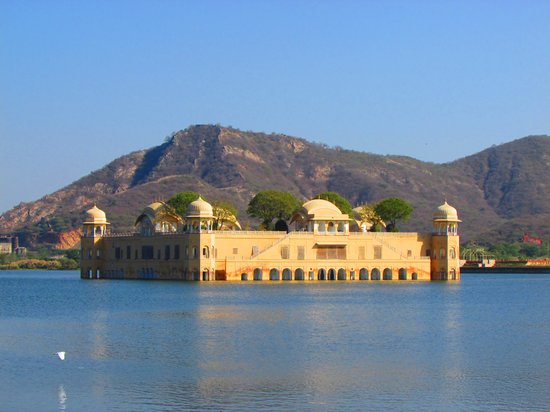
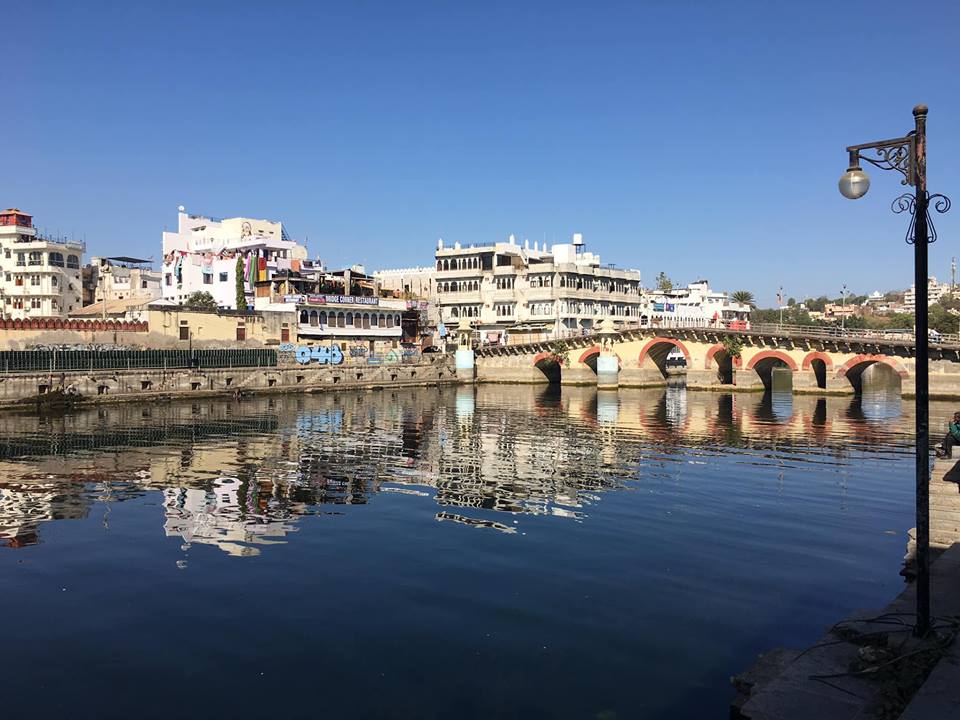
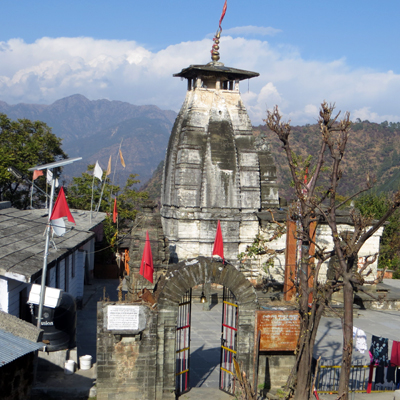

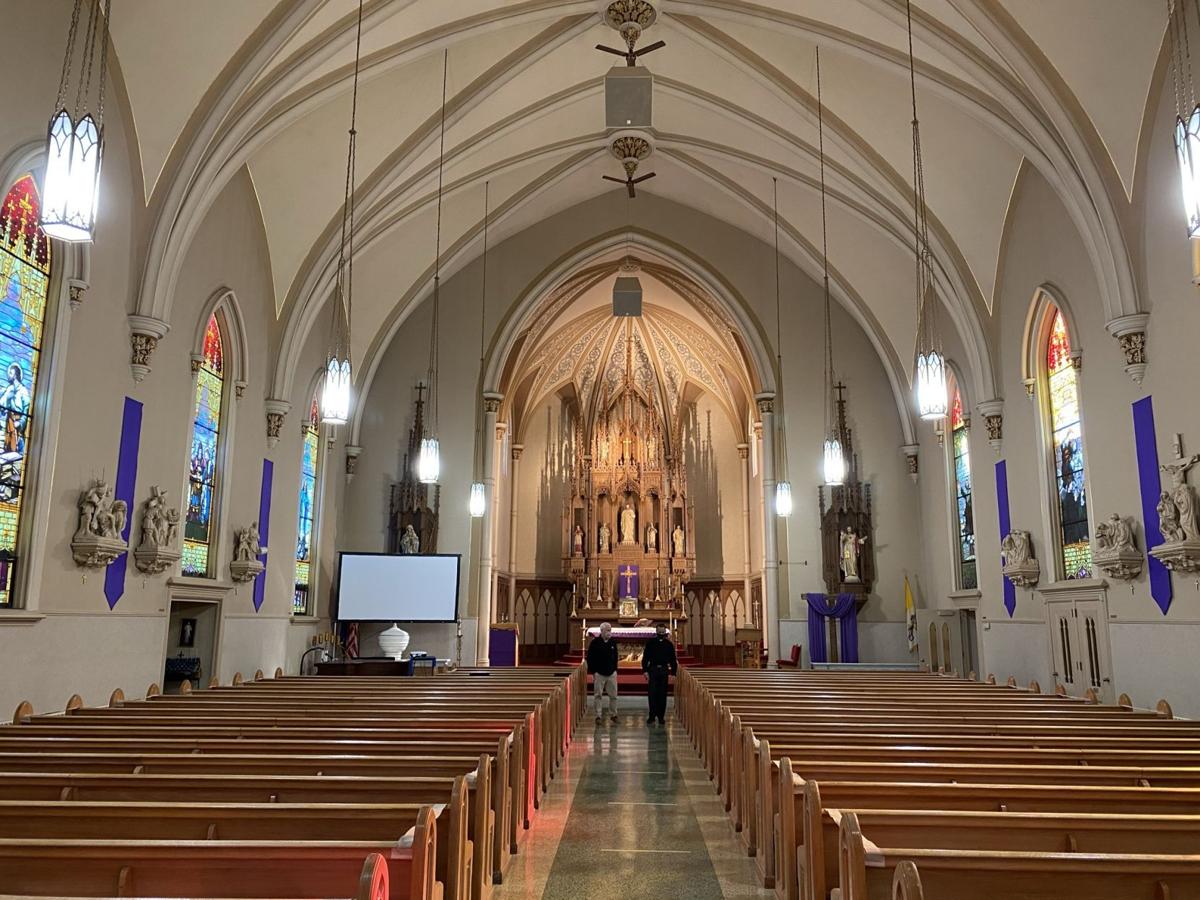

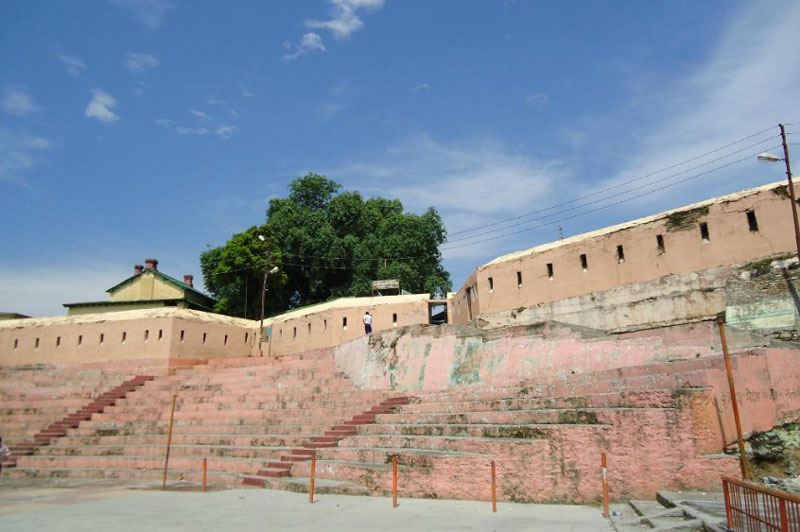



1 Comment
Comments are closed.